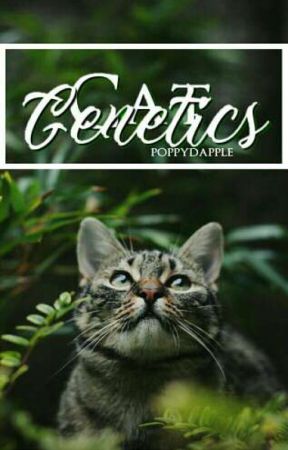____
A bicolor cat or piebald cat is a cat with white fur combined with fur of some other color, for example black or tabby. There are various patterns of bicolor cat. These range from Turkish Van pattern (color on the crown of the head and the tail only) through to solid color with a throat locket.
Where there is low-to-medium grade white spotting limited to the face, paws, throat and chest of an otherwise black cat, they are known in the United States as a tuxedo cat. High-grade bicolor results in Van-pattern cats. There are many patterns between, such as "cap-and-saddle", "mask-and-mantle" and "magpie" (more randomly splashed). Bicolors are found in many cat breeds, as well as being common in domestic longhair and domestic shorthair cats.
Solid color bicolor cats occur because there is a white spotting gene present along with a recessive allele of the agouti gene, which evens out the usual striped pattern of the colors of the coat. In contrast, tabby cats have an agouti gene that produces striping of the coat. The Abyssinian has agouti (ticked tabby) fur, giving the appearance of even color with color-banded hairs.
White spotting can also occur with any of the tabby patterns, resulting in tabby-and-white bicolors. Colorpoint (Himalayan pattern) cats can have bicolor points, although this variation is not recognized for showing. The body markings of bicolor colorpoints become clearer with age, as the body fur of colorpoint cats darkens as the cats grow older and the white patches become more visible.
The basic colors and patterns of cat fur are defined by fewer than ten genes. Cats with white color in their coats are thought to have a mutant white-spotting gene that prevents the formation of coat color in patches over the cat's body. This gene has been investigated in several species, particularly mice, and is co-dominant to normal coat color as it prevents the migration of melanocytes into the developing hair follicles. The genetics of this pattern are not as well understood in cats but at least some of the genes involved in melanocyte migration and survival may play a role similar as in other animals.
Three genotypes possible with the S (white spotting) gene, with capital S standing for a wild-type copy and lower-case s standing for the mutant.
• SS (two dominant alleles) results in high grades of white spotting (sometimes resulting in a solid-looking white cat or a white cat with just a few color hairs)
• Ss (one dominant, one recessive allele) results in medium grades of white spotting
• ss (two recessive alleles) results in solid color or low grades of white spotting (sometimes as little as a few white hairs)
The lack of tabby striping in bicolor cats is controlled by the agouti protein, which inhibits the production of melanin and thus prevents the formation of dark hair colors. In agouti cats the gene is turned on and off as the hair grows, producing hairs with alternating stripes yellow and black. In domestic cats, inactivation of the agouti gene by a deletion mutation causes all-black coat color.
For a picture of a bicolor chart, see White Cats.

YOU ARE READING
Cat Genetics
Non-FictionWarriors is about magical cats that don't give a fuck about genetics but I mean, ─━─ Did you not read the title I am pretty sure this book is self-explanatory. [ inspired by ashtonwilson69's "[WARRIOR CATS] Is this family possible?" ]
